Pashley, Penshurst
by Sonia Feldman
After many years of refusing to learn even the names of plants, I took a big step in the other direction by agreeing to plan and then actually go on a tour of England’s great gardens with my mother. The following series gives an account of the four particularly glorious days of that trip during which we traveled through Kent, a region aptly named the Garden of England. Our tour took place at the end of May, and the descriptions of the gardens reflect that time of year. This is the third installment in the series. See the end of each article for a condensed itinerary of the entire tour.
Day Three: Visit Pashley Manor Gardens, lunch at one of the gardens or Thackeray’s Restaurant, visit Penshurst Place, dinner at The Wheatsheaf, stay at Hever Castle Bed & Breakfast.
Every winter, gardeners plant 30,0000 tulip bulbs in 108 varieties on the grounds of Pashley Manor. With the arrival of spring, the garden celebrates a magnificent yield. The annual Tulip Festival takes place during the last week of April and first week of May. Our visit to Pashley on the cusp of June found the garden in a moment of respite from its most magnificent seasons. Too late for the tulips and too soon for the upcoming Rose Week, the mood at the garden was serene.
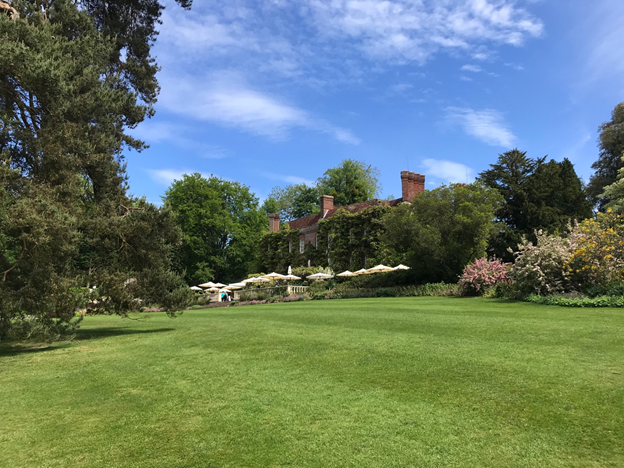
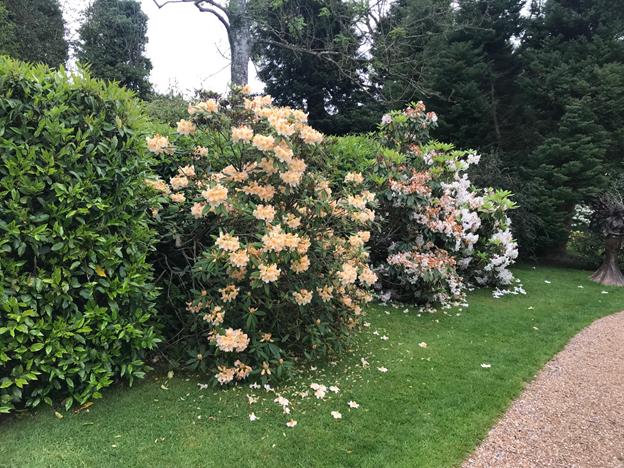
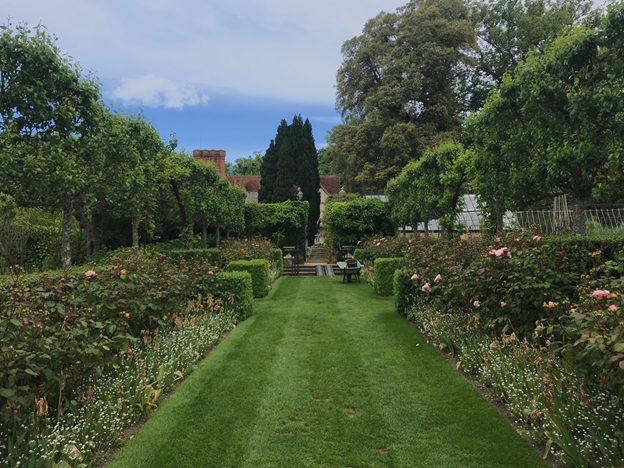
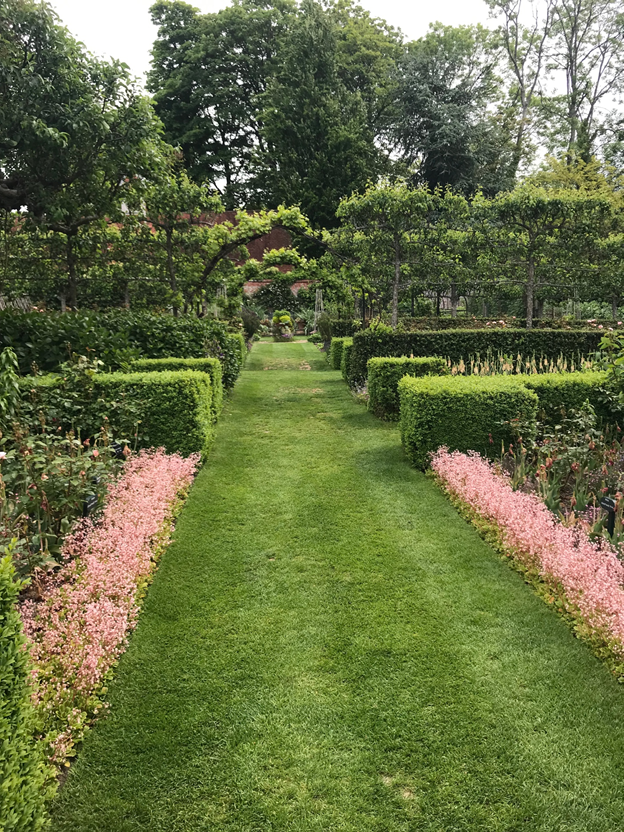
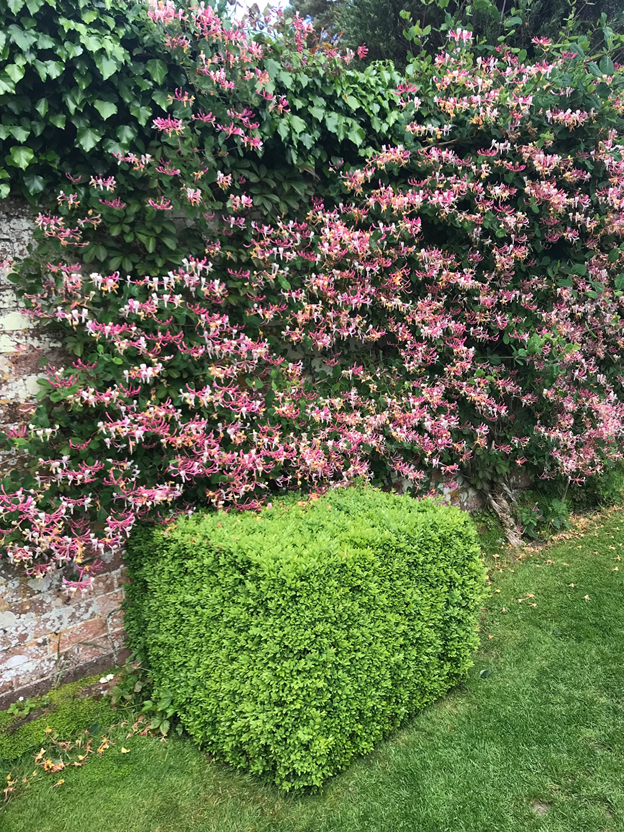
Manicured paths move you between elegant garden rooms (kitchen, rose) and vistas of the property’s sweeping manicured lawns and large pond. A violent hurricane in 1987 killed over a thousand trees on the property but opened up excellent views over the estate’s rolling prospect, and indeed one of the primary pleasures of this garden is stopping to sit down on the various benches and admire the view.
Pashley as the advantage of being one house from the front and another from the back. The original Tudor structure still greets you on arrival, but as you work your way around the property, you’ll find the garden set against a Georgian addition at the back, which is now magnificently covered in purple wisteria. Centuries collide throughout the property. The house has history dating back to the 15th century and evidence of gardening begins in the 16th, but the property has also served as a family home to the present owners, the Sellick family, since 1981.
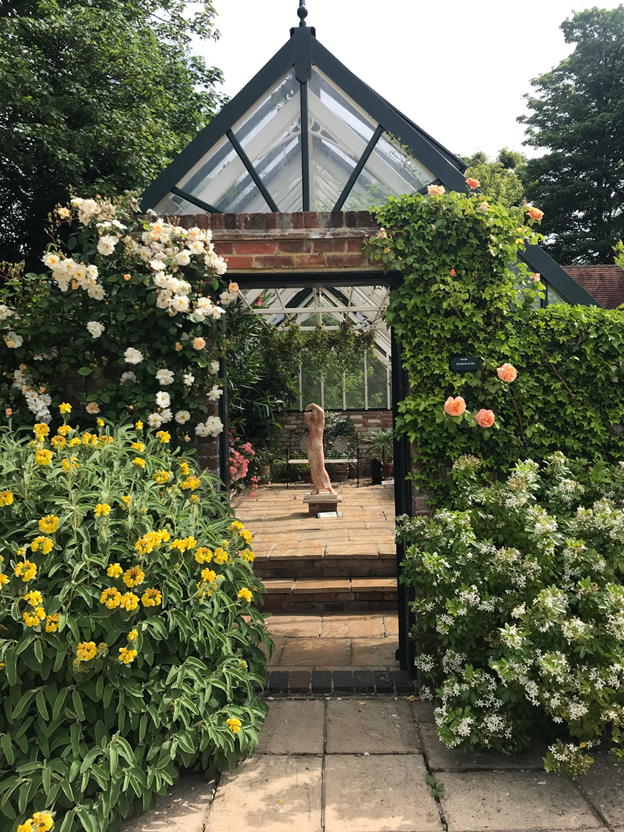
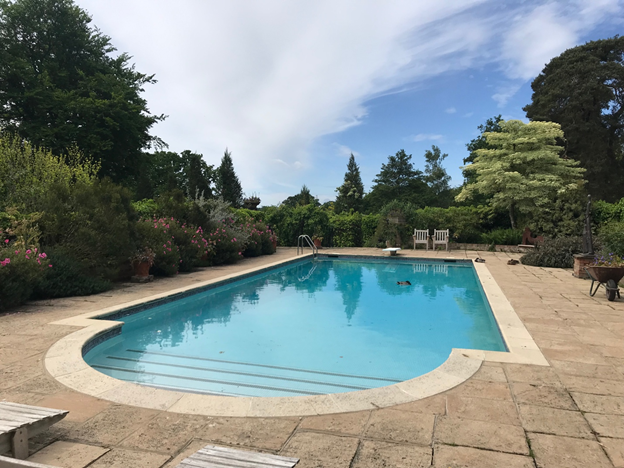
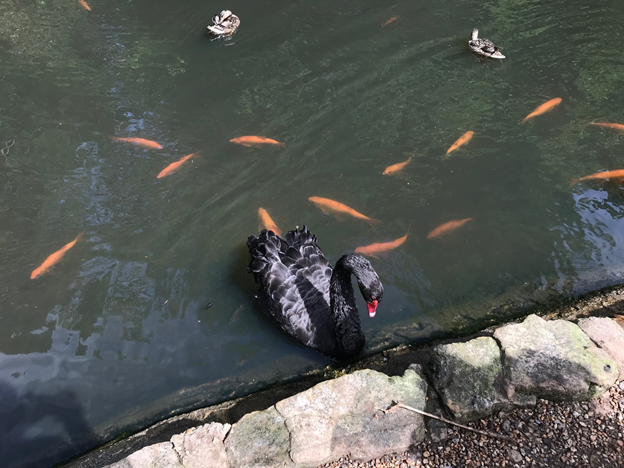
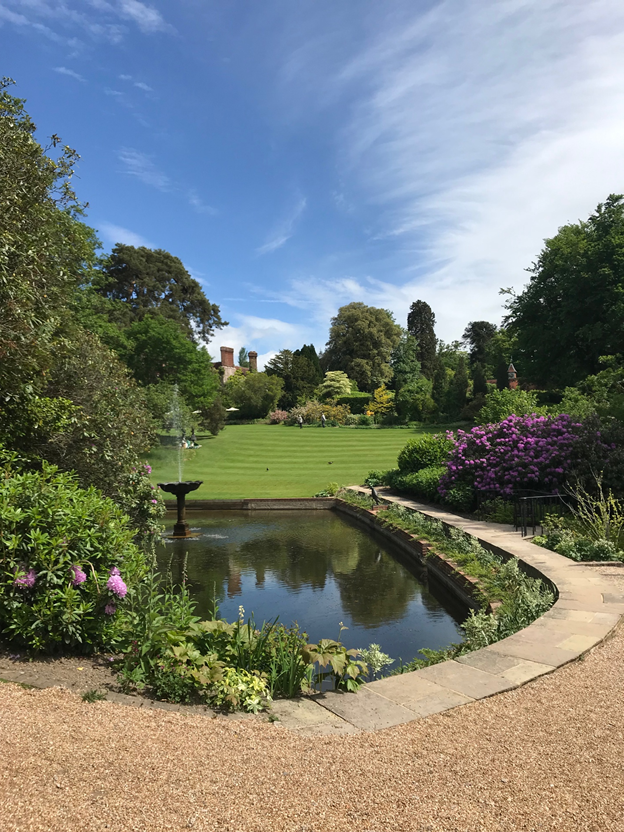
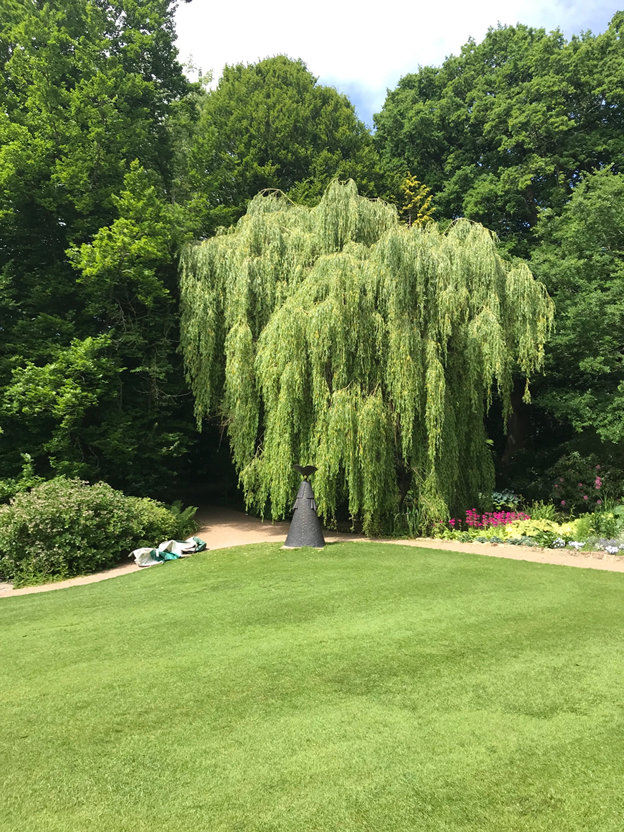
Signs of modern life coexist with traditional gardening at Pashley more so than at the other gardens on this tour. Among the garden rooms, you will find a turquoise swimming pool, likely being enjoyed by the ducks, and a small but definitely modern greenhouse. The elderly owner himself can be found wandering through the grounds in a frayed cashmere sweater, speaking to the gardeners about their work. In spite of his advancing age, Sellick continues to perform the necessary annual maintenance on the enormous wisteria that covers the back of the house himself, carefully winding its new branches around supportive wiring.

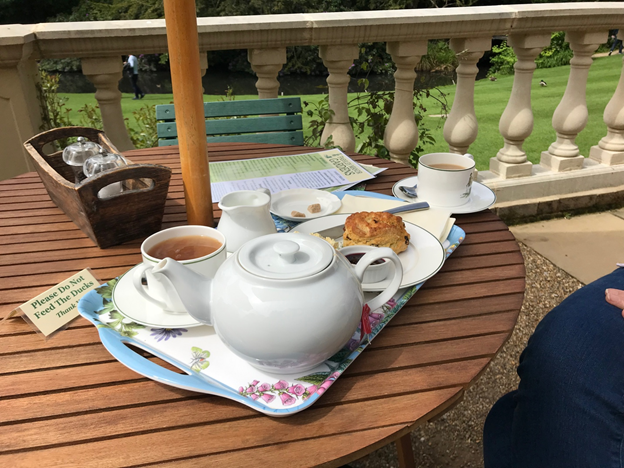
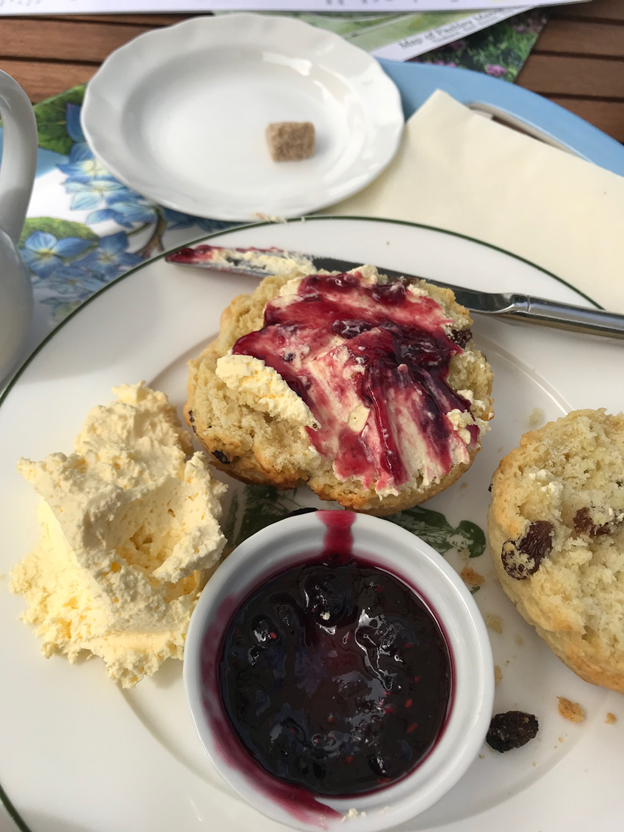
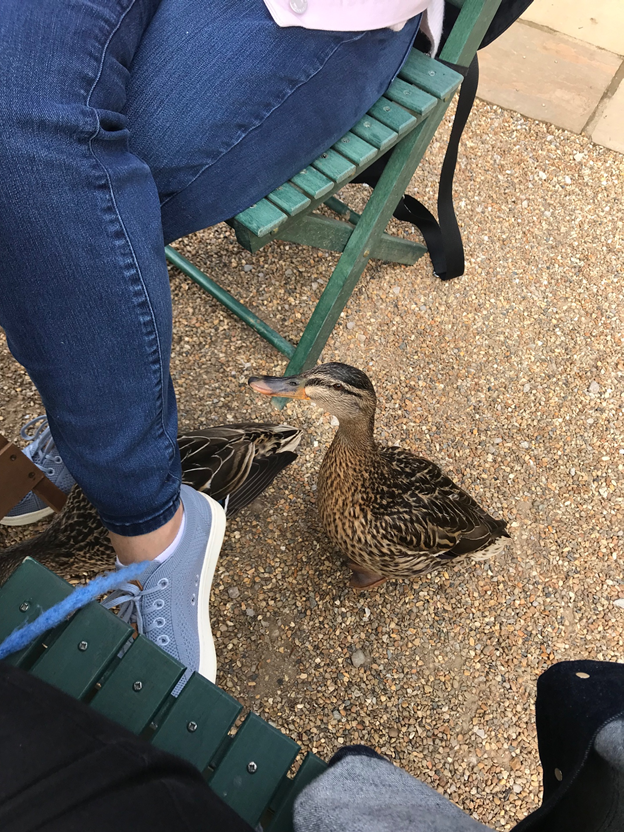
If you remain at Pashley for lunch, a pack of outgoing ducks is sure to ask for a bite. Otherwise, head on to Thackeray’s Restaurant, located in the town of Royal Tonbridge Wells and conveniently on the way to the next garden on the tour.
After lunch, continue to Penshurst Place, a historically significant 14th century manor house with expansive gardens. Penshurst is one of the largest and most storied locations on the tour. The property belonged to two kings of England before eventually being granted to Sir William Sidney, father of the famous Elizabethan poet, soldier and courtier Sir Philip Sidney, and forebear to the property’s present owner, Viscount de L’Isle. This means that, remarkably, the Sidney family has been in continuous occupation of the property for more than 460 years.
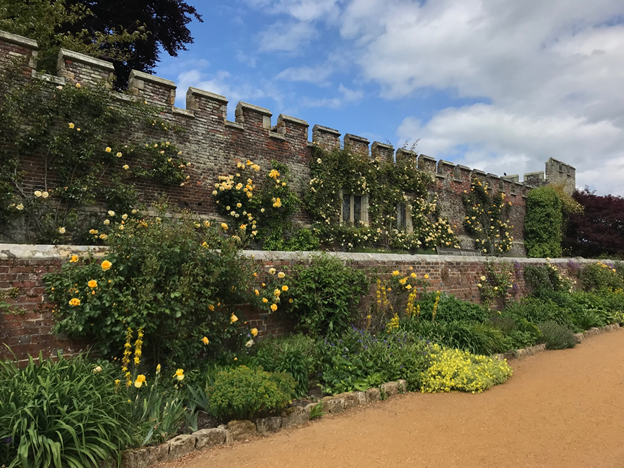
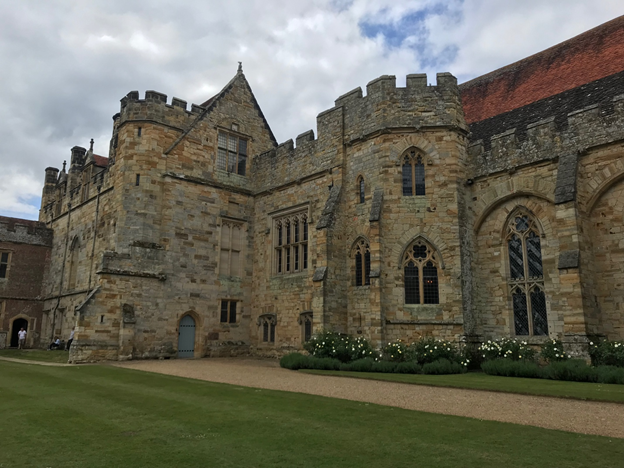
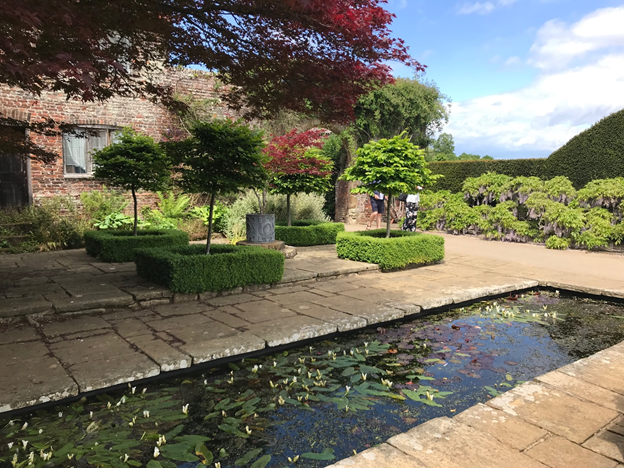
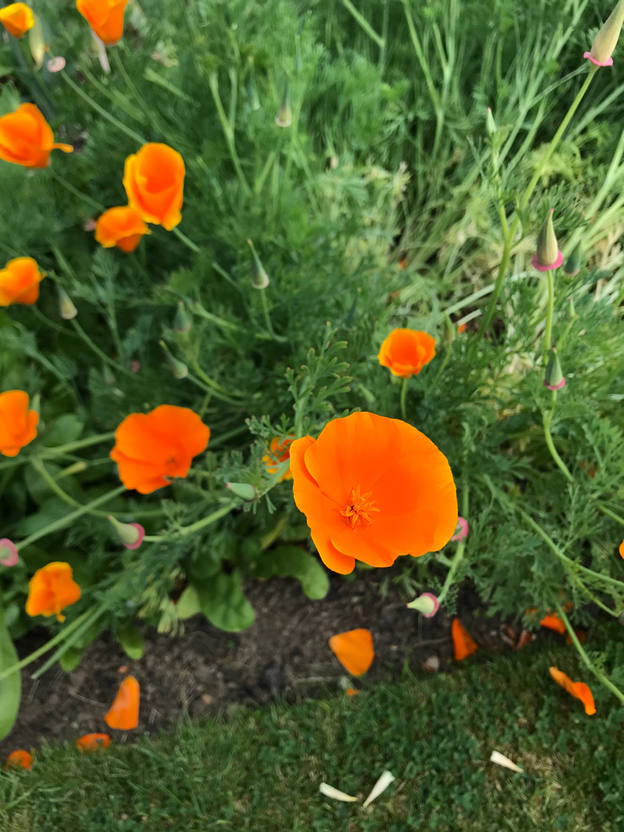
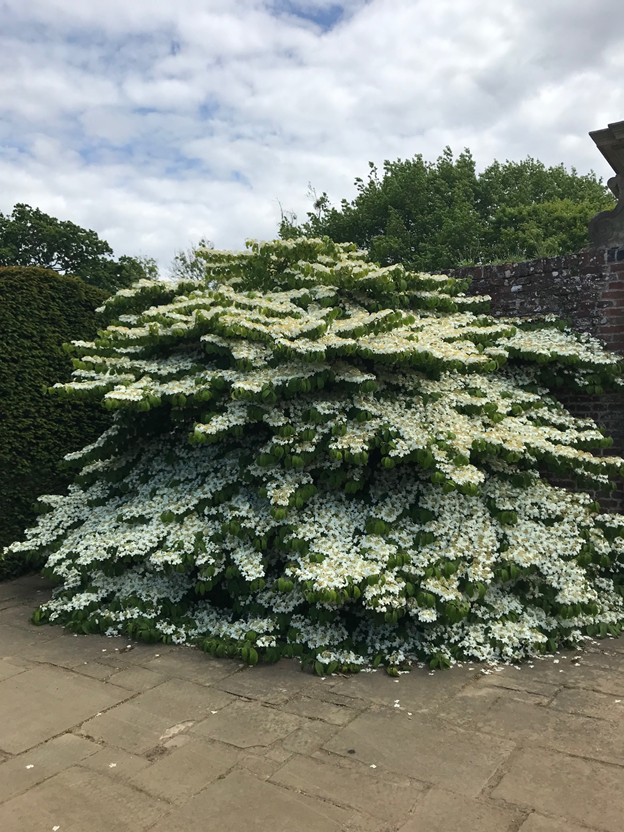
With 11 acres of garden contributing to 48 total acres of grounds, Penshurst operates on a scale beyond what we’ve seen thus far on the tour. Walking the property feels more like visiting a park than a home. The garden does lack the strong sense of personality conveyed by places like Sissinghurst and Great Dixter, but Penshurst never comes across as stodgy or pretentious. Because the garden rooms are connected by doorways and passages often cleverly hidden from view by design of the neatly clipped yew hedges, the process of navigating from one to the next feels adventurous and playful.
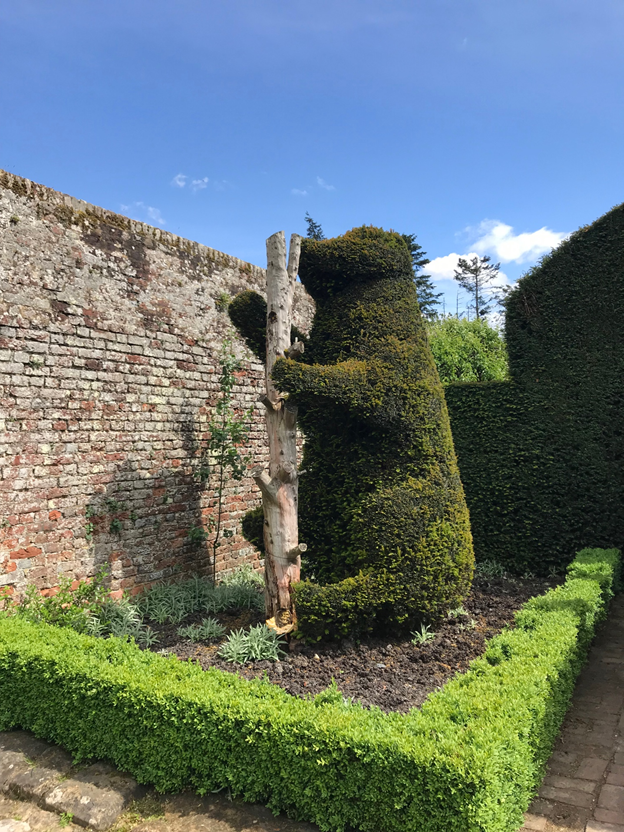
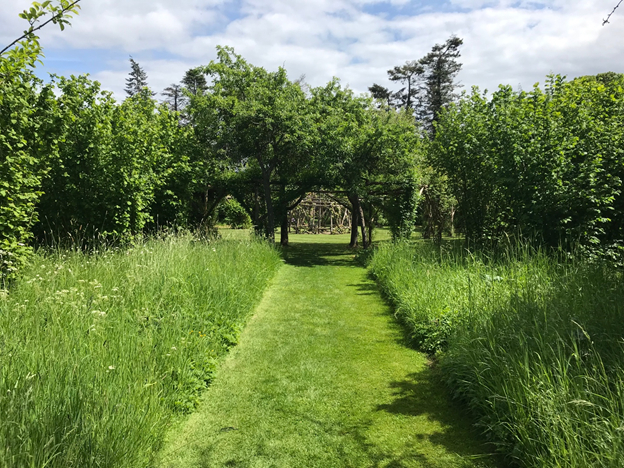
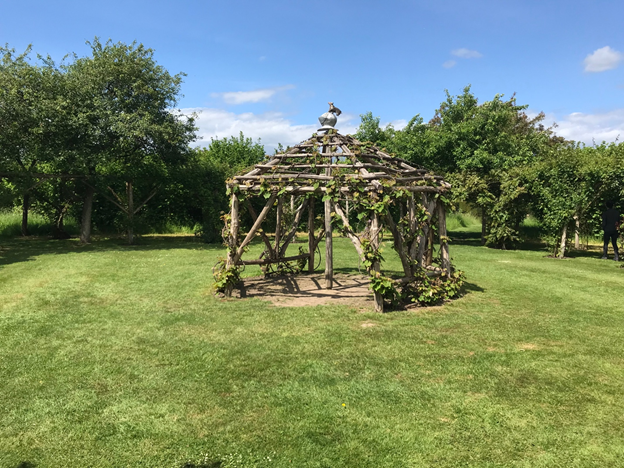
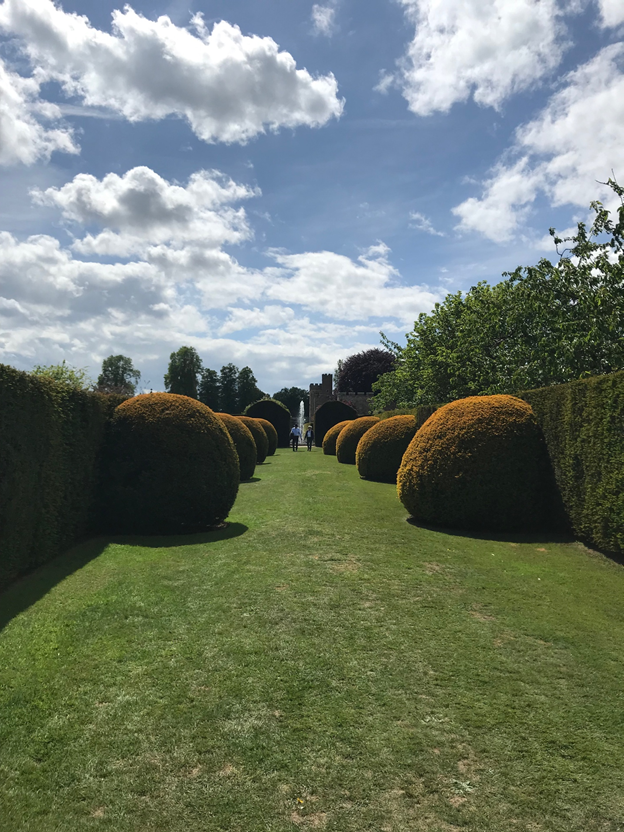
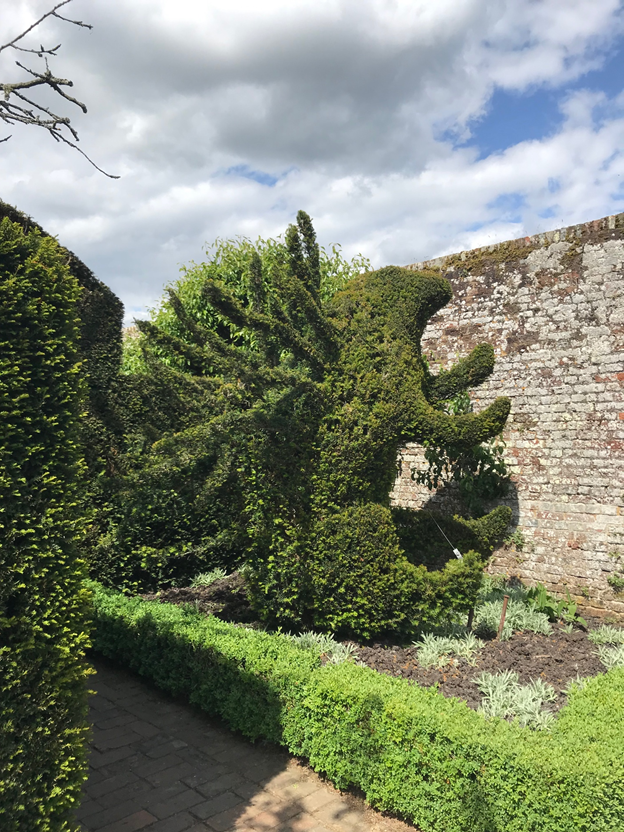
The garden rooms vary greatly in size, some enormous, others intimate, and they manage to conceal an impressive variety of odd and charming features—a blue and yellow flower border after the colors of the Sidney family coat of arms, an enormous topiary bear and porcupine, the Stage Garden with a raised grass stage for children’s theater, a magical, bare bones wood gazebo crawling with green leaves and roses ready to burst and even an enormous Union flag made entirely of plants, which, surprisingly, isn’t nearly as garish as the idea suggests. But my favorite exploit of scale at Penshurst is the famous 100 meter peony border. Longer than a city block, this great line of peonies runs parallel to an equally long row of lilac bushes, all of them drooping heavily with blooming pink clusters and smelling like heaven.
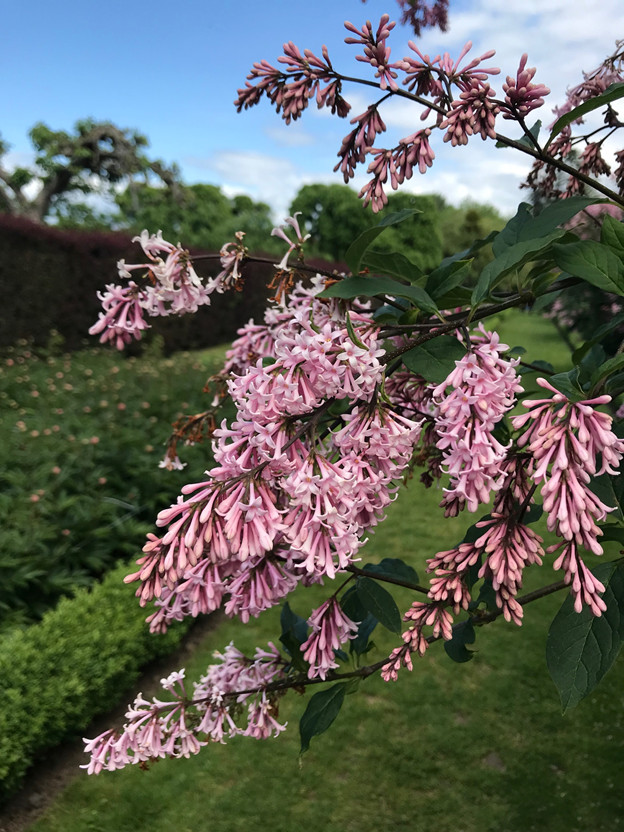
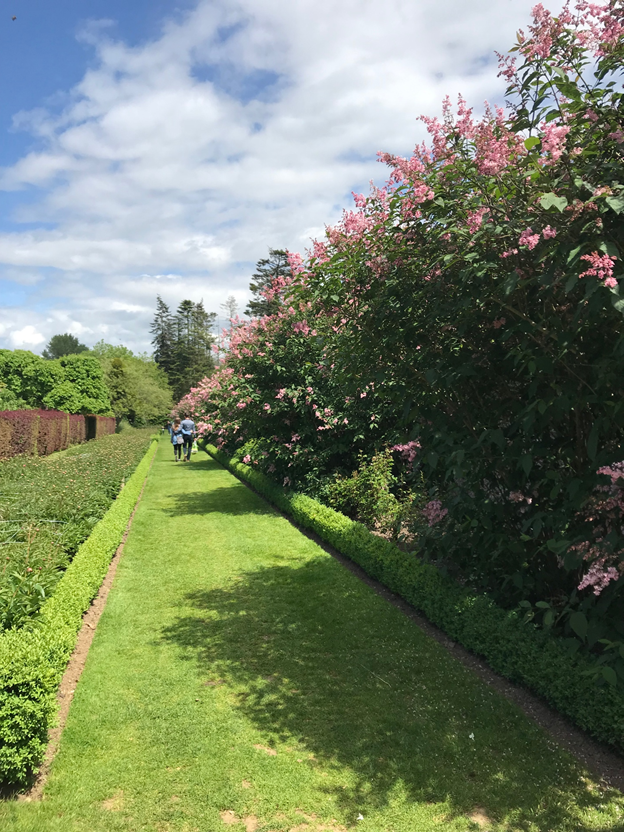
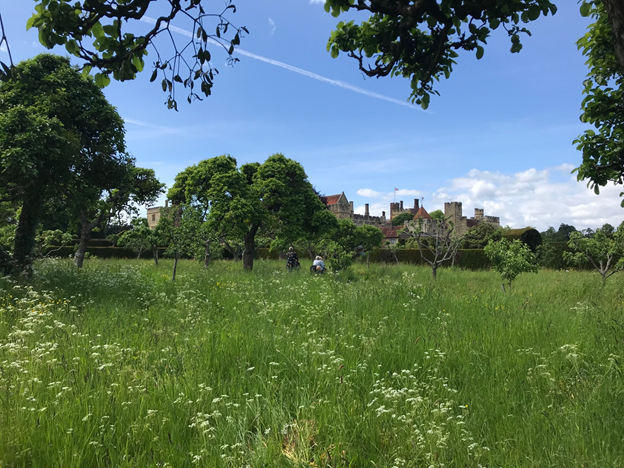
If you are, in fact, faithfully following the details of this tour, you will breathe in all the lilacs you can and then drive to your new accommodations for the night. For reasons that will be explained (excitement builds) in the next article, those accommodations will be at Hever Castle. After you’ve checked in, head to dinner nearby at The Wheatsheaf.
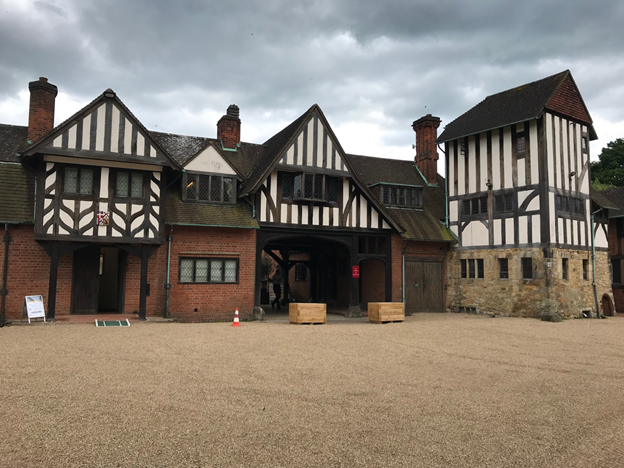
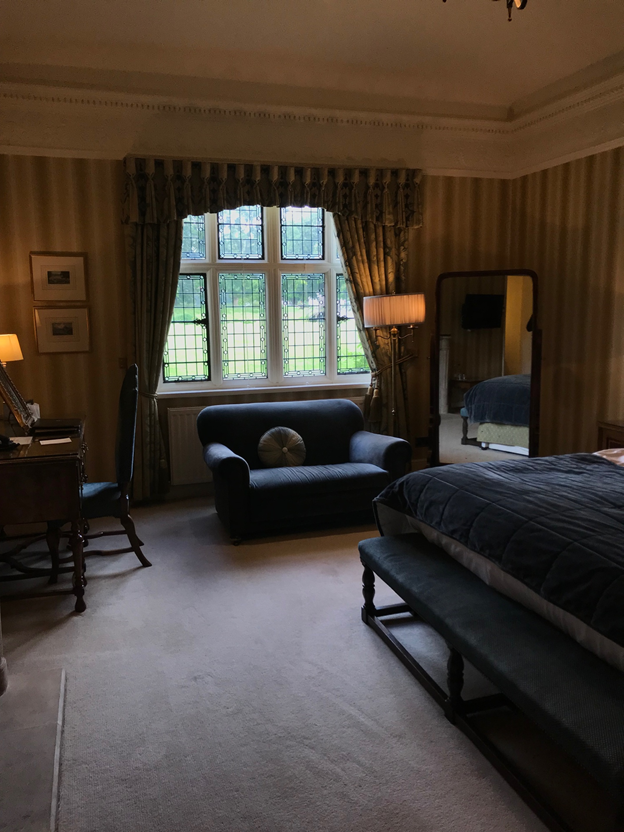
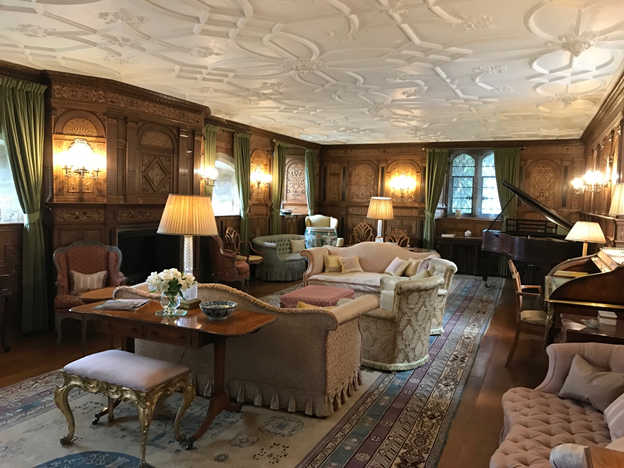

Condensed tour itinerary:
Day One: Leave London, lunch at Langshott Manor, visit Nymans, dinner at The Milk House, retire at Cloth Hall Oast Bed & Breakfast or Sissinghurst Castle Farmhouse.
Day Two: Visit Great Dixter House and Gardens, lunch at one of the gardens or return to The Milk House, visit Sissinghurst Castle Gardens, dinner at Three Chimneys, retire to same lodgings.
Day Three: Visit Pashley Manor Gardens, lunch at one of the gardens or Thackeray’s Restaurant, visit Penshurst Place, dinner at The Wheatsheaf, stay at Hever Castle Bed & Breakfast.
Day Four: Visit Hever Castle Gardens, lunch at Beaverbrook, return to London.
Nearby gardens that could be added to this tour: Knole, RHS Wisley, Chartwell, Lullingstone Castle, Great Comp Garden, Scotney Castle, Wakehurst, Godinton.
Sonia Feldman is a writer living in Cleveland, Ohio. Her writing has appeared or is forthcoming in Cultured Magazine, Pembroke Magazine and Juked. She operates an email newsletter, which sends one good poem a week. Find more of her work on Instagram.